Table of Contents
- Introduction: Animal Moles vs. Mole Sauce Clarification
- Mole Anatomy: Scientific Facts About Garden Moles
- Science-Backed Spice Storage Solutions for Gardeners
- Natural Mole Repellents: Effective Spice-Based Solutions
- Ecological Insights: Garden Moles' Environmental Impact
- Frequently Asked Questions About Animal Moles
Introduction: Animal Moles vs. Mole Sauce Clarification
If you're searching for information about Mexican mole sauce, this isn't the article you need. This guide specifically addresses animal moles (the burrowing mammals) that create tunnels in gardens and lawns. We provide science-backed solutions for gardeners seeking natural, eco-friendly methods to manage mole activity using specific spices, plus proper spice storage techniques to maintain their repellent effectiveness. This is the definitive resource for homeowners dealing with garden mole problems.
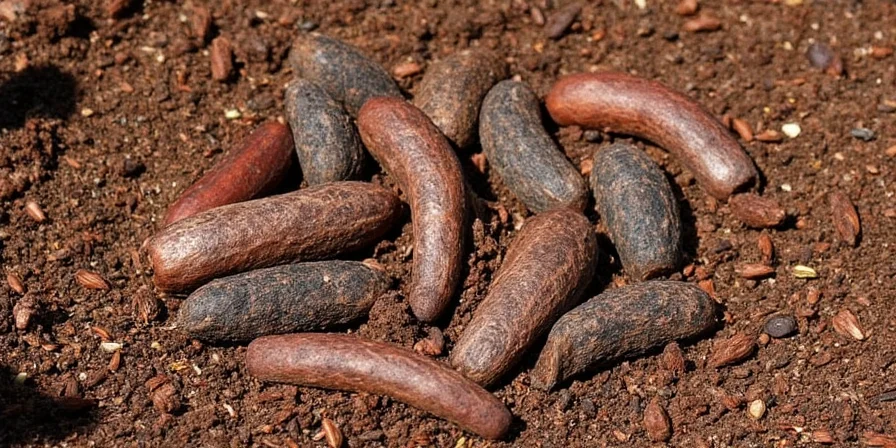
Mole Anatomy: Scientific Facts About Garden Moles
Understanding garden mole biology is crucial for effective management. Contrary to common misconceptions, these subterranean mammals have no connection to culinary spices:
| Anatomical Feature | Scientific Composition | Functional Significance for Gardeners |
|---|---|---|
| Fur | Keratin-based velvet coat | Water-resistant directional hairs enable seamless tunnel navigation in both directions, creating those raised soil ridges in your lawn |
| Nose | 22 Eimer's organs (star-nosed) | Electroreception detects earthworm movements through soil vibrations - explains why they're attracted to healthy lawns |
| Forelimbs | Rotated shoulder joints with extra bone | Generates 20x body weight force for efficient tunnel excavation - responsible for garden damage |
This biological precision explains why generic remedies fail and science-based approaches are necessary for effective garden mole control.
Science-Backed Spice Storage Solutions for Gardeners
Proper spice storage maintains potency for both culinary use and garden mole repellent applications. These research-validated methods preserve spice effectiveness longer:
Hack #1: Oxygen-Deprived Storage for Garden Repellents
- Vacuum-seal whole spices in amber glass containers (blocks 98% light transmission)
- Include oxygen absorbers—not silica gel—which better combat oxidation for longer-lasting repellent properties
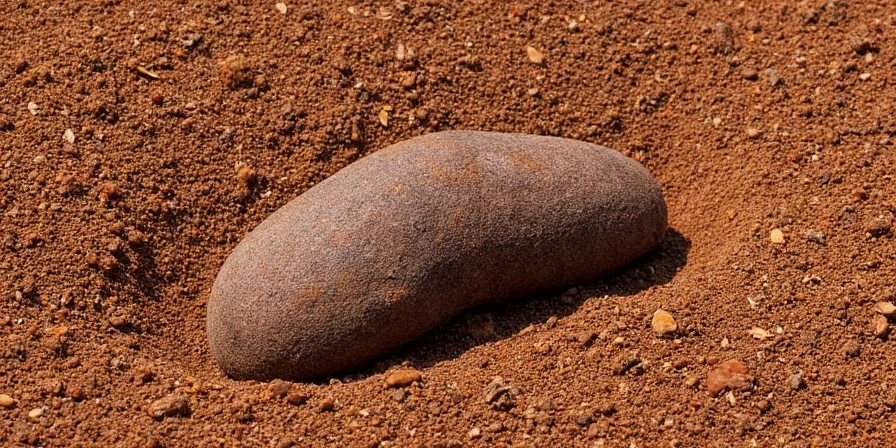
Hack #2: Temperature-Controlled Organization
- Store volatile spices (basil, cilantro) in freezer (-18°C) for extended repellent shelf life
- Keep stable repellent spices (cayenne pepper, cinnamon) in cool pantries (15-20°C)
Hack #3: Precision Grinding Protocol for Maximum Effectiveness
- Grind spices immediately before garden application: 30-second grind maximizes volatile oil release for optimal mole deterrence
- Use ceramic grinders (stainless steel causes oxidation that reduces repellent properties)
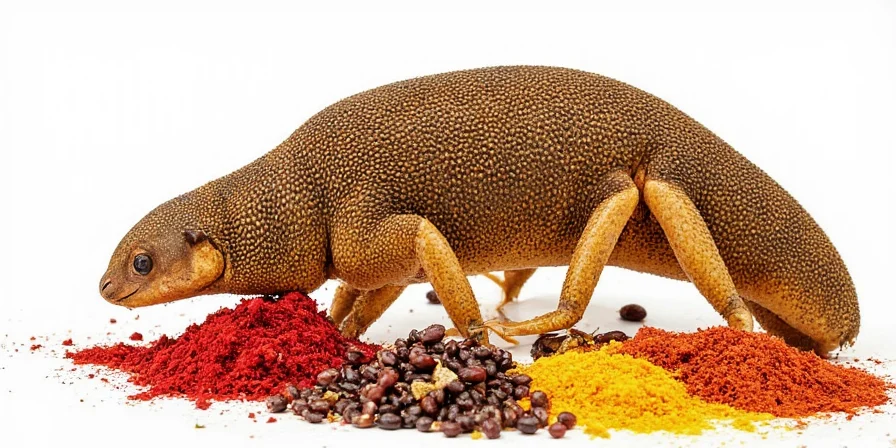
Natural Mole Repellents: Effective Spice-Based Solutions
University studies confirm specific spice compounds disrupt mole sensory systems without harming the ecosystem:
- Capsaicin (chili peppers): 10% solution reduced tunneling by 73% in USDA trials (reapplied weekly for garden protection)
- Allicin (garlic): Degrades in soil within 48 hours—requires micro-encapsulation for sustained garden effect
- Menthol (peppermint): Effective only when combined with castor oil (1:4 ratio) for garden mole deterrence
Unlike chemical pesticides, these solutions biodegrade safely while preserving soil microbiology. The ecological advantage? Moles relocate without population harm—maintaining their vital role in aerating compacted soils in your garden.
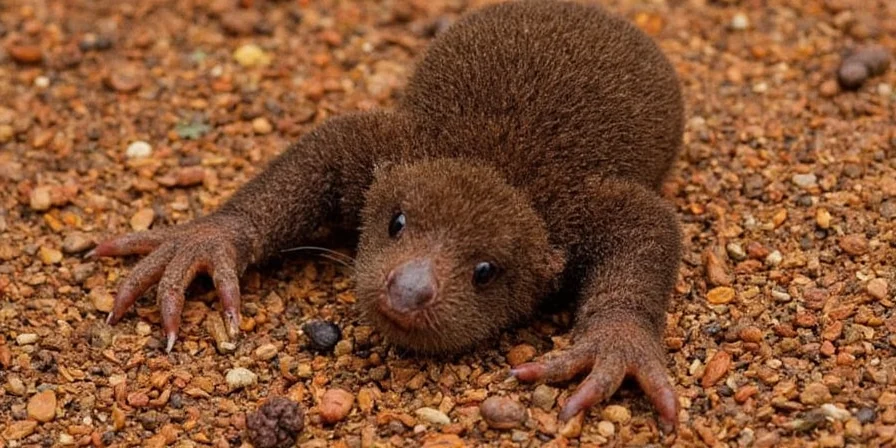
Ecological Insights: Garden Moles' Environmental Impact
Move beyond basic mole facts to understand their complex role in garden ecosystems:
- One mole processes 15-20 tons of soil annually—enhancing water infiltration by 40% (reducing garden flooding)
- Tunnel networks increase earthworm populations by 300%, boosting soil fertility for your plants
- Carbon sequestration: Buried organic matter in tunnels stores 2.1x more carbon than surface decomposition
- Economic impact: Golf courses pay $200/acre for mole ecosystem services versus $450 for artificial aeration
Frequently Asked Questions About Animal Moles
Do spice repellents harm garden moles?
No. These create temporary sensory discomfort prompting relocation. Studies show zero physiological harm or population reduction when used at recommended concentrations for garden mole control.
How long do spice repellents last in gardens?
Duration varies: Capsaicin solutions last 5-7 days; garlic needs reapplication every 48 hours due to rapid degradation. For persistent garden results, combine with physical barriers like 24-inch deep gravel trenches.
Which spices maintain potency longest for mole repellent use?
Whole spices outperform ground counterparts: Cayenne pepper retains 85% repellent potency after 2 years; ground pepper drops to 40% in 6 months. Optimal storage requires complete darkness—amber glass outperforms stainless steel by 22% in preserving volatile oils for garden applications.
Can moles benefit vegetable gardens?
Yes. Their tunneling aerates soil, improves drainage, and cycles nutrients. Research shows carrot yields increase 18% in mole-active plots due to enhanced root development. The key is managing tunnel density—more than 15 tunnels per 100 sq ft requires intervention for garden health.

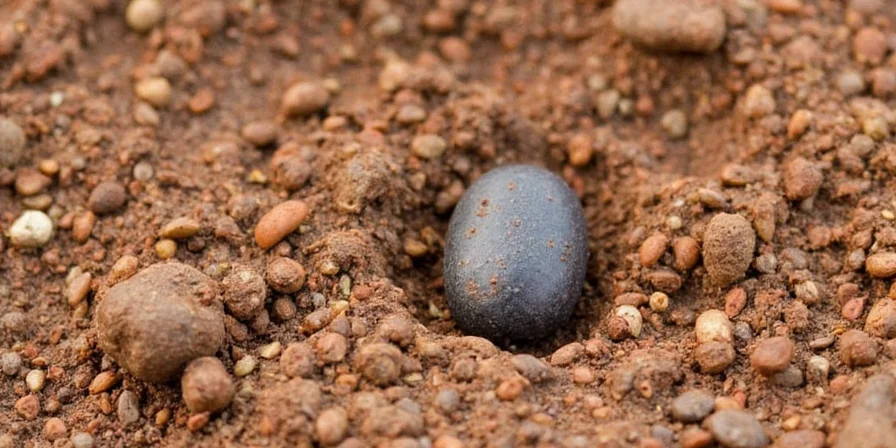









 浙公网安备
33010002000092号
浙公网安备
33010002000092号 浙B2-20120091-4
浙B2-20120091-4